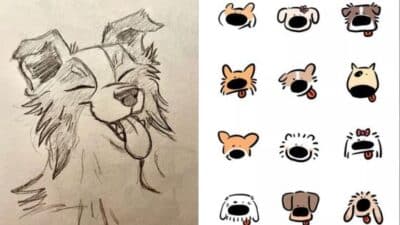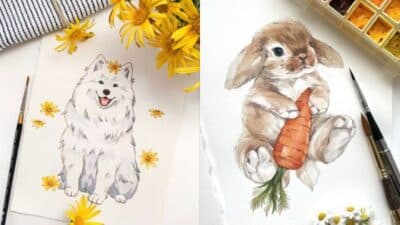Drawing cats can be simple and enjoyable, even if you have little experience. You can learn to draw cats easily with the right tools, clear steps, and a bit of practice. Whether you want to capture a real cat’s personality or create a cute, cartoon version, clear methods make the process approachable for everyone.
By focusing on basic shapes, paying attention to proportions, and using reference photos or tutorials, you’ll notice quick improvements in your sketches. Experimenting with different styles and types of cats can keep your creativity flowing and help you find your personal drawing style.
Key Takeaways
- The right supplies make cat drawing easier.
- Simple steps guide you from basic shapes to finished cats.
- Practicing with different cat references improves your skills.
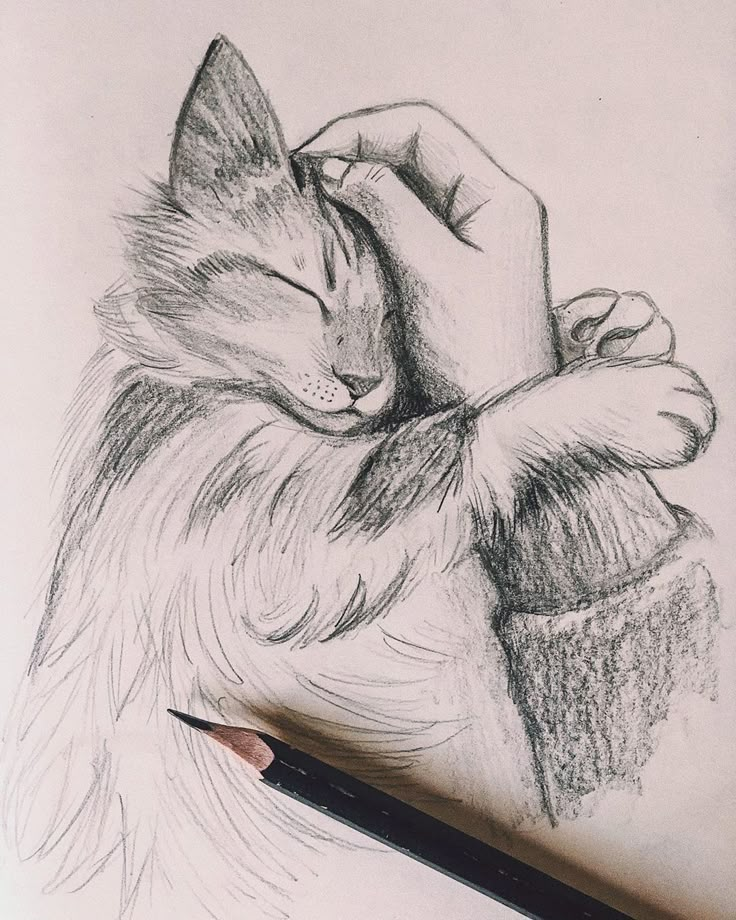
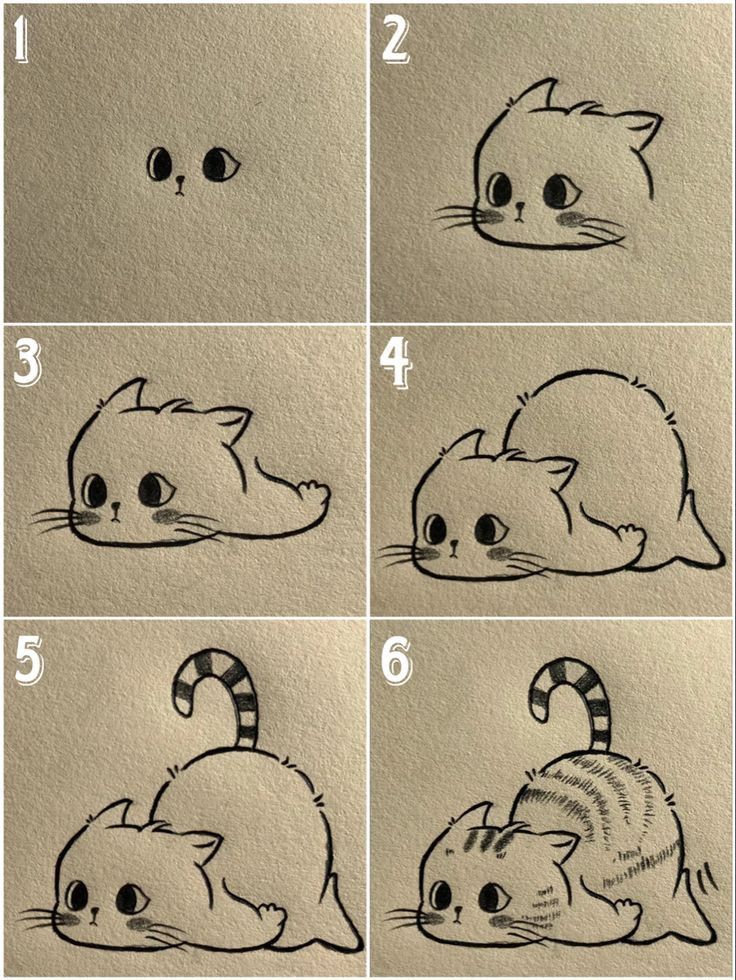
Essential Tools And Materials For Drawing Cats
When starting your cat drawings, having the right tools makes the process smoother and more enjoyable. The basics are simple, and you can adjust what you use as you gain experience.
Drawing Pencils:
A selection of pencils with various grades helps you achieve different effects. Consider using 2H, HB, 2B, 4B, and 6B pencils. Harder pencils (H) create light, fine lines, while softer ones (B) produce darker, richer shading.
Erasers:
Two types of erasers are recommended:
- Kneaded or putty eraser: Good for lightening areas or lifting graphite gently.
- Vinyl eraser: Useful for making clean, sharp corrections.
Paper:
Use a sketchbook or quality drawing paper. Smooth paper allows for finer detail, while a bit of texture (tooth) can enhance shading and fur in your cat drawings.
Sharpeners:
A reliable pencil sharpener is important for keeping your pencils sharp and precise. Some artists prefer handheld sharpeners, while others use electric ones.
Here’s a quick reference table for essential supplies:
| Tool | Purpose |
|---|---|
| Drawing Pencils | Sketching, shading, details |
| Kneaded Eraser | Gentle erasing, highlights |
| Vinyl Eraser | Clean corrections |
| Drawing Paper | Drawing surface |
| Sharpener | Maintain pencil points |
You may also want to experiment with colored pencils, fine liners, or markers once you’re comfortable with basic sketches. These can help you add color and definition to your cat drawings as your skills grow.
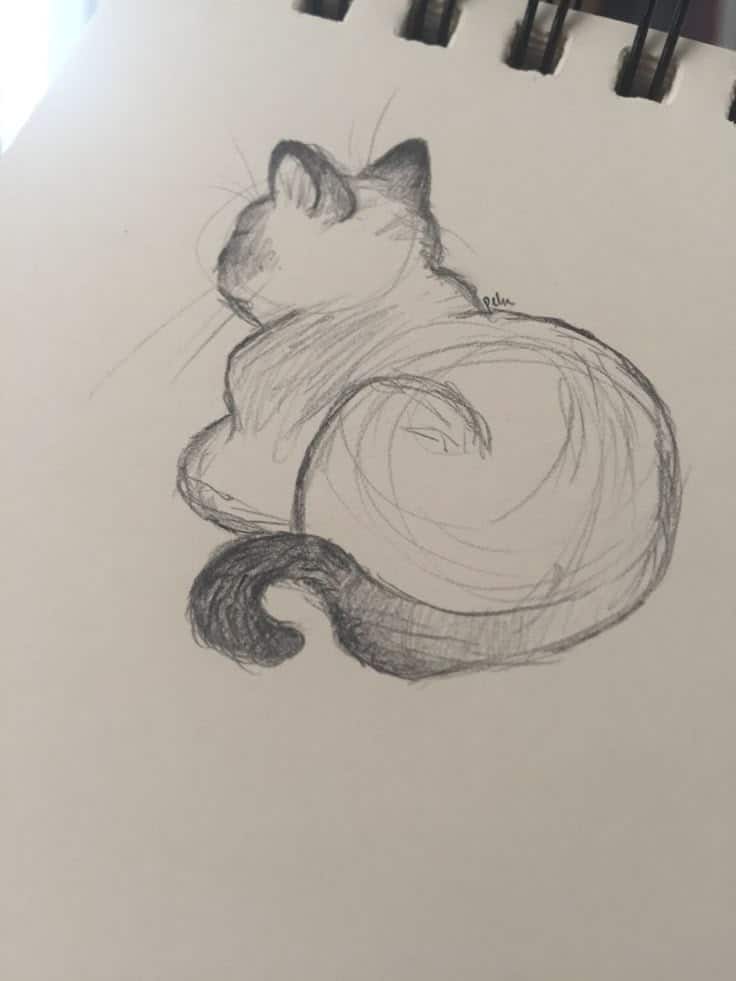
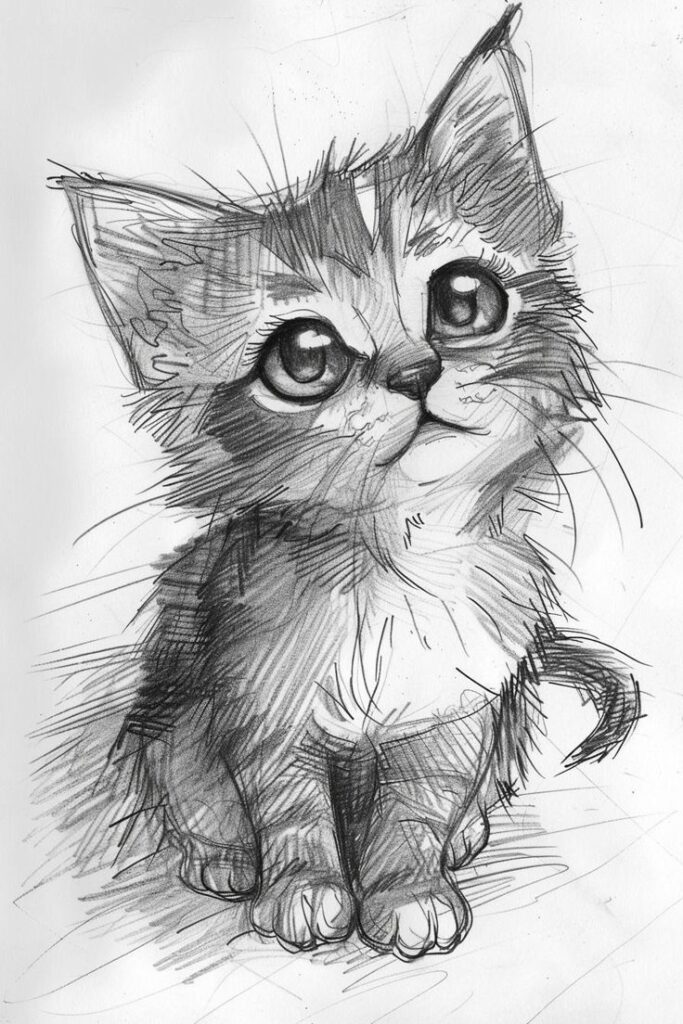
Simple Step-By-Step Instructions For Drawing Cats
Drawing a cat is easiest when you break it down into manageable steps. By building up from simple shapes and focusing on key areas like the face, head, and ears, you can create a cat that looks clear and lifelike without complex techniques. Careful attention to small details will help your drawing stand out.
How To Draw A Cat Face
Start by sketching a circle or oval for the basic outline. This shape forms the structure of the cat’s face.
Next, add a vertical guideline down the center and a horizontal guideline halfway up the circle for placement. These help keep the features symmetrical.
Place two gentle curves at the lower sides to represent the cheeks. This helps capture the roundness typical of many cats.
Using the guidelines, lightly mark the locations for the eyes—usually about one eye-width apart to avoid an unnatural look.
A small triangle or rounded ‘M’ shape marks the nose, set slightly below the eye line. Draw a short line downward from the nose for the mouth, then curve out and up to create gentle lips.
Erase any unnecessary guidelines to clarify the facial outline.
Focus on keeping everything symmetrical, as an uneven face can make the drawing look less realistic.
Drawing The Cat’s Head
With the facial guidelines in place, refine the shape of the head.
Sketch along the outside of your initial circle, adjusting for the slightly tapered chin and broad forehead. Cats often have subtle angular changes along the jawline, so use light, short strokes here.
The cheeks may puff out slightly, adding to the characteristic feline look.
Mark the transition between the top of the head and where the ears will be. This is usually at the upper corners of your initial circle.
Don’t forget the neck; sketch in two simple, curved lines coming down from just below the jawline to suggest the head’s attachment to the body.
Keep lines soft and avoid making the head too blocky or sharp. The transition between head and neck should flow smoothly.
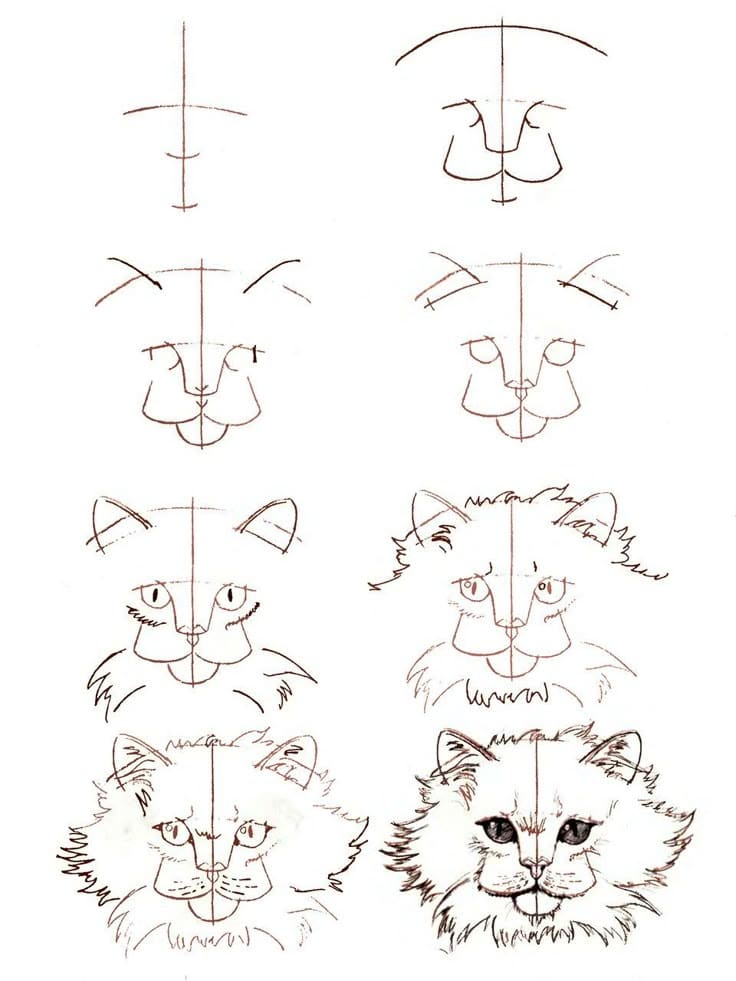
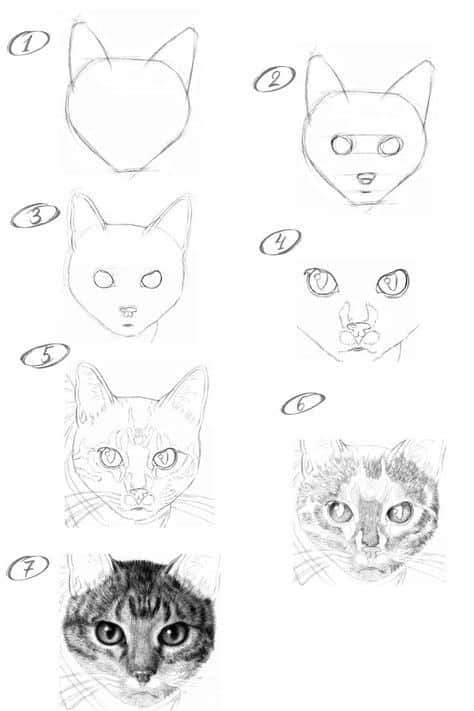
Drawing A Cat’s Ears
Cat ears are generally large in proportion to the head and slightly angled outward.
Start by marking the base of the ears on either side of the top of the head. Sketch upward in a gentle curve, then angle inwards to form a triangle with rounded tips.
Inside the ear, draw a second, smaller triangle or curve to represent the inner structure. Many cats have a small tuft of fur at the top or inside the ears—short, quick strokes can create this effect.
Make sure both ears are similar in size and angle for balance.
Use light lines so you can easily adjust the placement if needed. The size and position of the ears can strongly affect the overall character of your cat.
Adding Facial Features
The eyes give your cat the most expression. Draw almond shapes for each eye, following your guidelines.
Add pupils, which are usually vertical slits, depending on how alert or relaxed you’d like your cat to look. A little highlight left unshaded gives the eyes a lively effect.
For the nose, refine the triangle shape and shade the lower part gently.
Draw a small downward curve from the nose, then split into two soft ‘J’ curves for the mouth.
Use short, quick lines to suggest whiskers radiating from small dots on both cheeks.
Lightly shade the inner ears and under the chin for depth. Add any unique markings, like stripes or spots, to personalize your drawing.
Be patient—details like pupils and whiskers bring your cat to life.
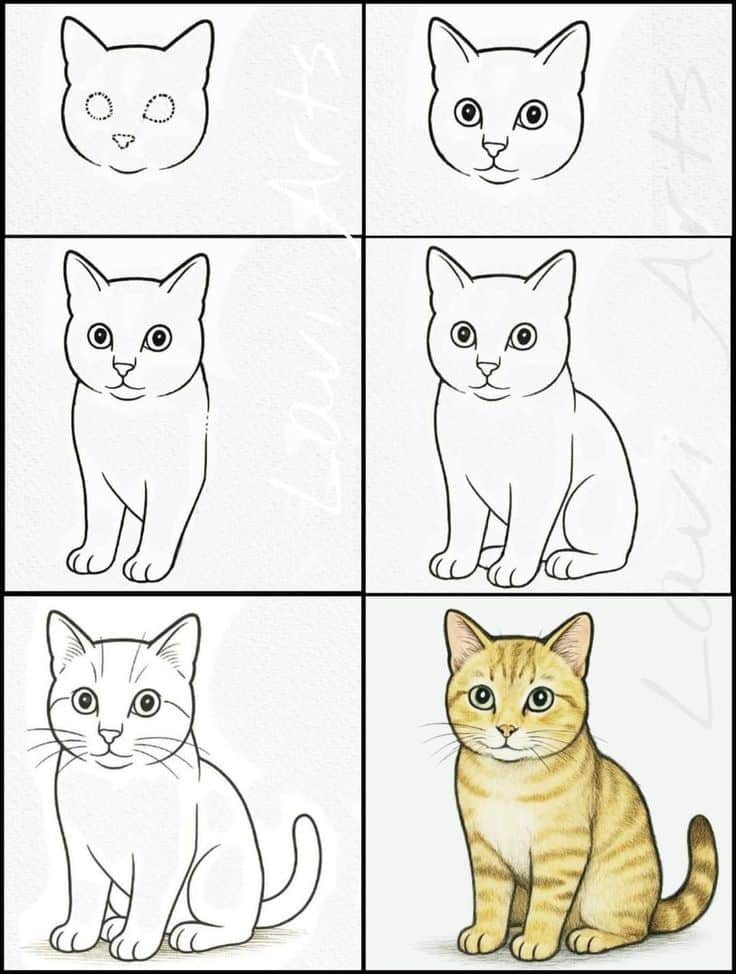
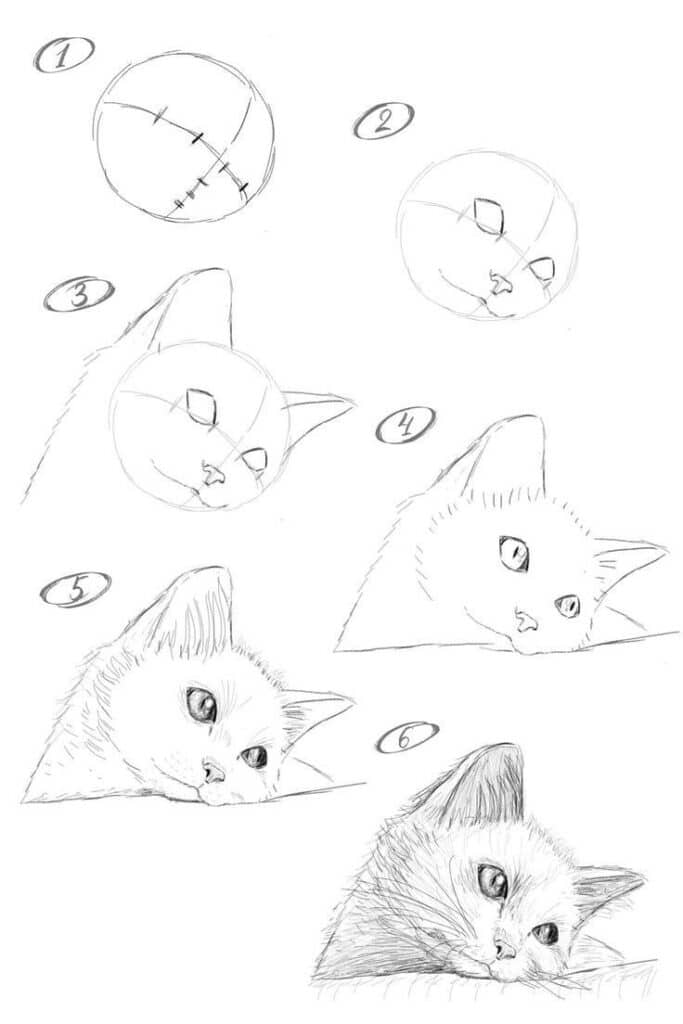
Drawing Different Types Of Cats
You’ll need to change your technique for each breed to get the best results. Focusing on fur patterns and markings will help your cat drawings look more distinct and recognizable.
Draw A Tabby Cat
Tabby cats are known for their signature stripes, spots, or swirls. To draw a tabby, first outline a basic cat shape—a rounded head, almond eyes, soft ears, and a long tail. Keep the pose relaxed, such as a sitting posture or gentle stretch.
Once the foundation is set, block in major stripes or markings using short, curved strokes. Study reference images to match the typical M-shaped marking on the forehead and bands on the legs and tail. Use lighter pencil pressure for subtle lines and darker strokes for strong contrast.
Layering helps replicate a tabby’s dense fur. Alternate between directions to mimic the complexity of real tabby patterns. You might also shade lightly under the belly and chin to add volume. Experiment with blending for a softer fur effect, or keep your lines crisp for a more stylized approach.
| Key Features | How To Draw Them |
|---|---|
| Stripes | Curved, short pencil lines |
| Markings | “M” on forehead, leg bands |
| Fur Texture | Layered strokes or shading |
Capturing Unique Cat Markings
Markings can instantly set one cat apart from another. Observe the unique spot, patch, or color break each cat has. Start by sketching their placement before focusing on details to prevent mistakes later.
Use a light pencil to outline major markings. For example, Siamese cats have dark points on the face, paws, tail, and ears. Tuxedo cats need well-defined chest and paw shapes. Pay attention to symmetry, but don’t worry if both sides aren’t identical—real cats are rarely perfect.
Markings often follow muscle contours, so curve lines gently. Use blending for gradual shifts in tone and a fine-tipped eraser to touch up clean edges. If coloring your drawing, layer graphite or colored pencil to get natural-looking transitions between light and dark fur.
For photo-realistic effects, note the fur direction within each patch and layer strokes accordingly. Even simplified drawings gain personality by accurately placing marks and using strong contrasts. This attention to detail can make any quick sketch instantly more recognizable.

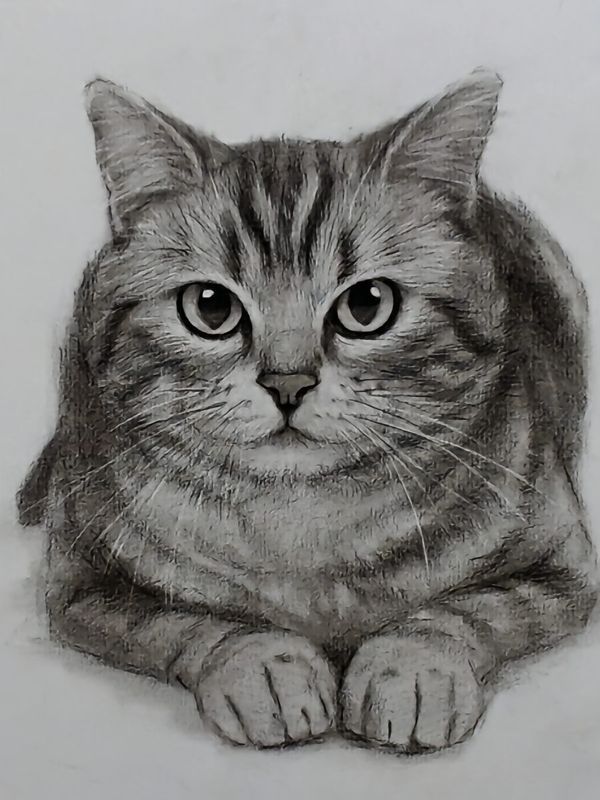
Drawing Cats From Photos
When you draw cats from photos, you gain precise visual references for proportions, poses, and unique markings. This process can help you create more realistic or recognizable cat sketches by breaking down complex images into manageable steps.
Tips For Using Reference Images
Selecting the right photo is essential. Choose clear, well-lit images where the cat’s pose and main features are easy to see. Front or side profiles are often easier to start with, especially if you’re new to drawing from a photo.
It helps to print your reference or open it on a screen for easy comparison. Observe the shapes, angles, and proportions, not just the outlines. Pay special attention to the cat’s head, body, and paws, as these areas define the pose.
Use basic tools to help you compare the reference and your sketch. You can overlay tracing paper, use digital grids, or lightly mark guidelines on your paper. This makes it simpler to check if your proportions and placements match.
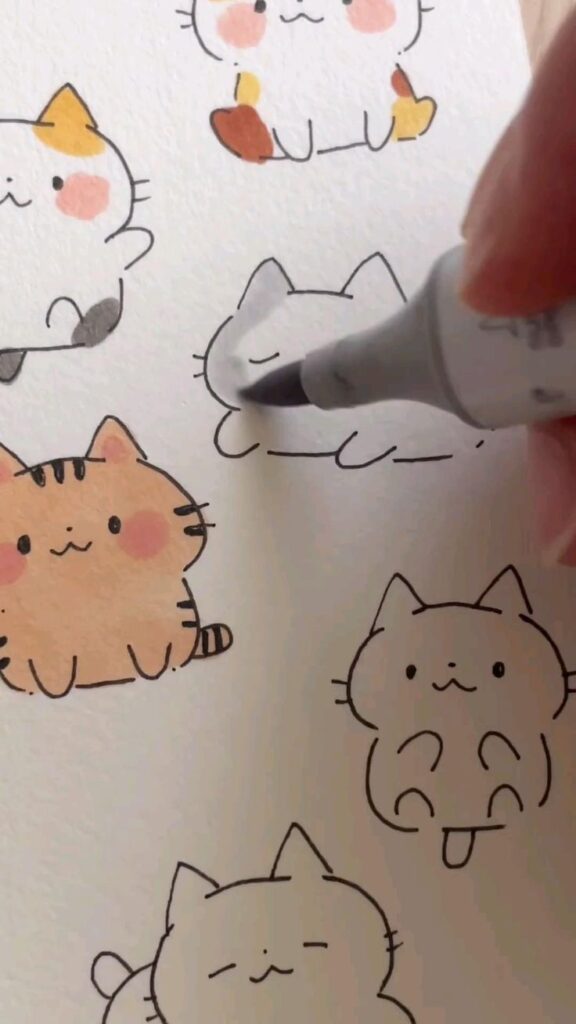
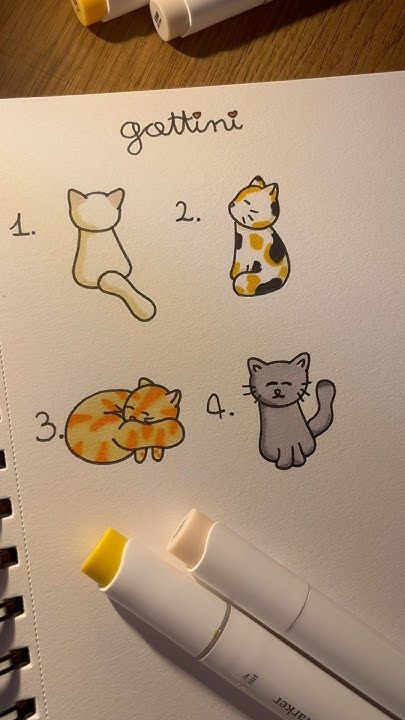
Translating Photo Details To Simple Sketches
Start with basic shapes like circles and ovals to represent the cat’s head, body, and legs. This helps you map out the cat’s structure and ensures your sketch matches the photo’s pose. Many tutorial videos suggest this step because it breaks tricky poses into simple lines.
Once your structure is in place, connect the shapes with smooth, light lines. Notice how the cat’s joints and curves fit together, then add key details such as ears, eyes, and tail. Keep your lines loose so you can adjust as needed.
Reduce fine fur details and patterns to large, clear shapes or simple lines. For facial features, mark only important spots like the position of eyes, nose, and mouth. Gradually add more definition, using the photo to check placement and size. This approach lets you make the sketch less overwhelming, focusing on accuracy before adding style.
- 42shares
- Facebook0
- Pinterest42
- Twitter0

